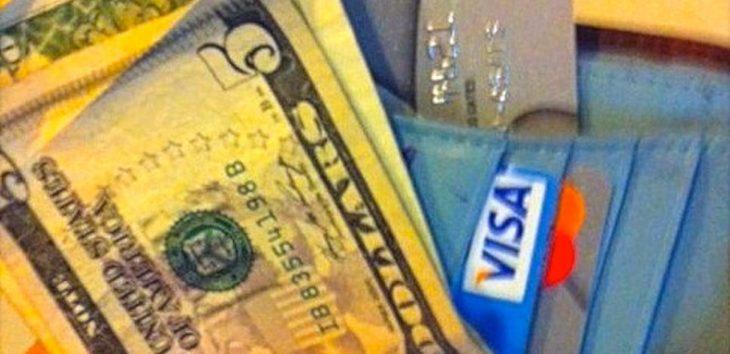Holiday sales stronger than expected based on early estimates
by January 5, 2016 12:25 pm 207 views

Retailers could have something to smile about when all the wrapping paper dust settles from the 2015 holiday season. The MasterCard Spending Pulse report found sales (excluding auto and gas) rose 7.9% during the holiday season.
The uptick was bolstered by double-digit gains in e-commerce, women’s apparel and furniture, according to the report. The SpendingPulse report examined U.S. sales trends across cards, cash and checks from Black Friday to Christmas Eve.
“After a slow start, I’m very happy to see that the holiday season was hot for retailers,” said Sarah Quinlan, senior vice president=market insights for MasterCard Advisors.
She said consumers were willing to purchase “big ticket items like furniture” which is considered a promising trend going forward given the cautious sentiment consumers have displayed in recent years.
When tracking all of November and December, the report found sales rose 4.6%, which was slightly better than expected. Online sales grew roughly 20% over a year ago.
The National Retail Federation found in a survey that 65.9% of holiday shoppers said they are planning to shop the week after Christmas, so retailers have since been trying to squeeze in more sales with larger clearance items. While the official sales numbers are still out, the NRF forecast a 3.7% rise in holiday sales for 2015. That said the federation also warned the highly promotional pricing strategies in-stores and online could erode margins.
“Lower prices might be bad news for retailers. But they are good news for retailers’ customers, who are getting great values for the prices they pay,” said NRF Chief Economist Jack Kleinhenz.
Economist Richard Curtin, who compiles consumer sentiment data for the University of Michigan, said in November that overall buying attitudes were good because of lower prices. He said purchases of durable goods were at the highest level since 2006. He said consumers are willing to spend, but as has been the case since the end of the recession, they will continue to seek discounts and sales.
More than a fifth of the world’s retail sales this past holiday occurred in the United States. That’s according to the latest forecast of retail and e-commerce sales from eMarketer, which estimates that total U.S. retail sales hit $4.8 trillion in 2015 (full year) and will approach $5 trillion in 2016. The vast majority of U.S. retail stores still occur in physical stores, according to eMarketer. Retail e-commerce in 2015 accounted for 7.1% of all retail sales in the United States, but the share is growing. By 2019, 9.8% of U.S. retail sales will be online, eMarketer estimated.
The same report indicates that U.S. retail sales grew 3.3% throughout 2015, while eMarketer estimates growth will improve to 3.5% in 2016.
Online analytics firm comScore forecast e-commerce sales of $70 billion this holiday season, a gain of 14% year-over-year. The company confirmed in early December that on Cyber Monday alone e-commerce sales surpassed $2.28 billion, ranking it the biggest U.S. online spending day in history. During the first 30 days of the holiday shopping period online sales totaled more than $27.9 billion, according to comScore data.
A final tally of holiday sales will be released in the next two weeks, but the bottom line result of profitability won’t be evident until retailer’s report earnings beginning later this month.
